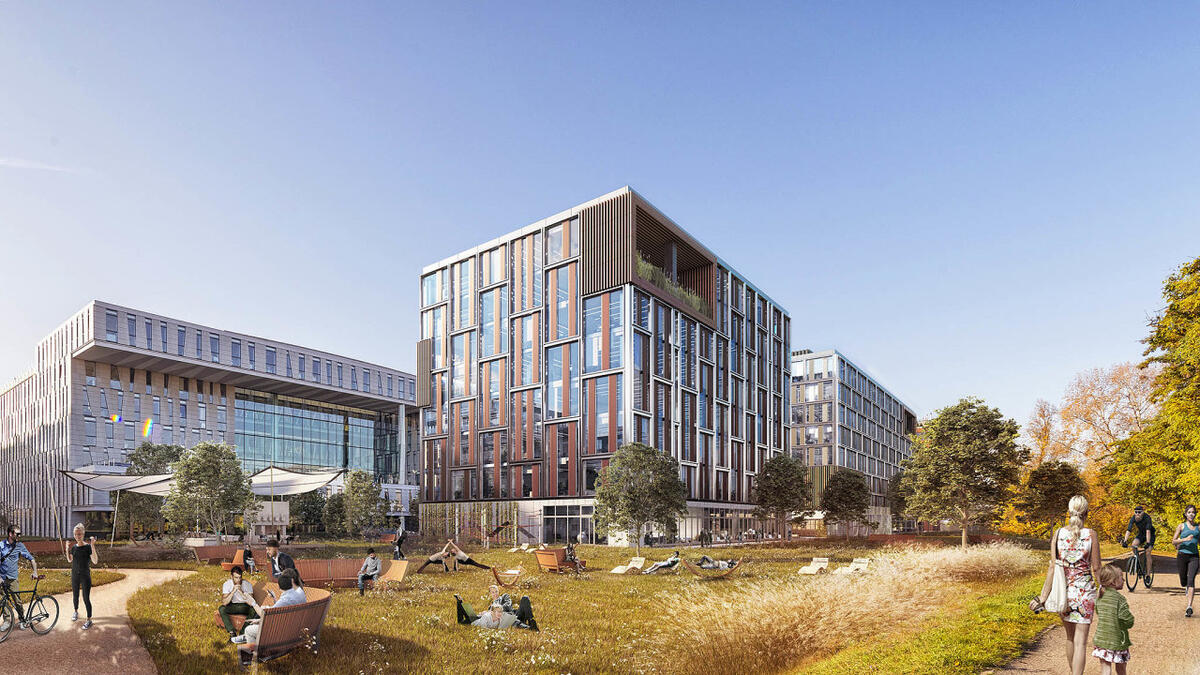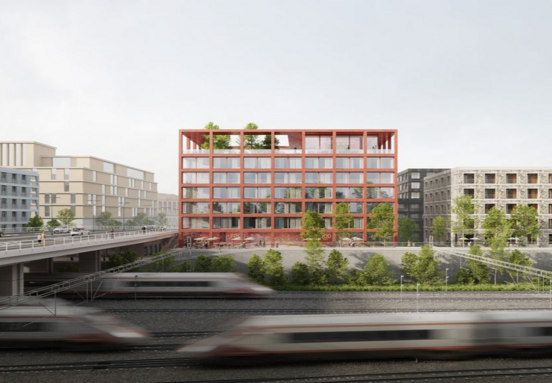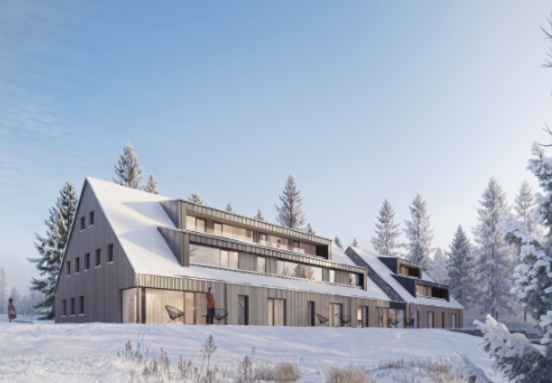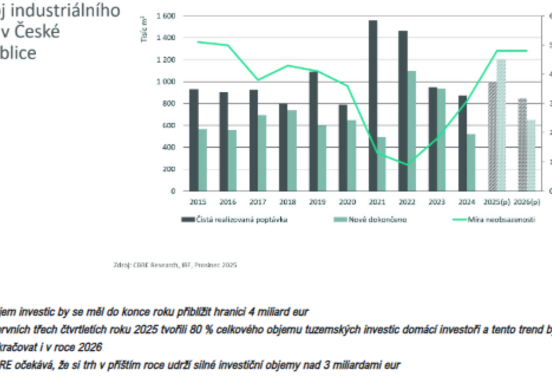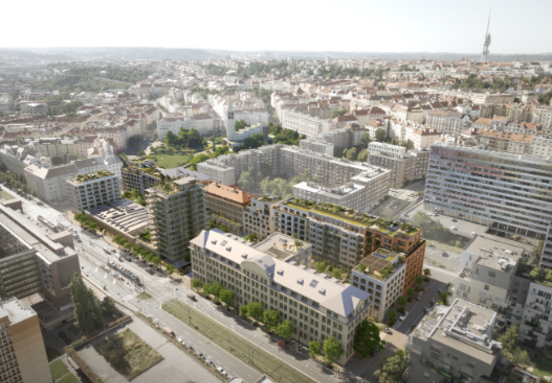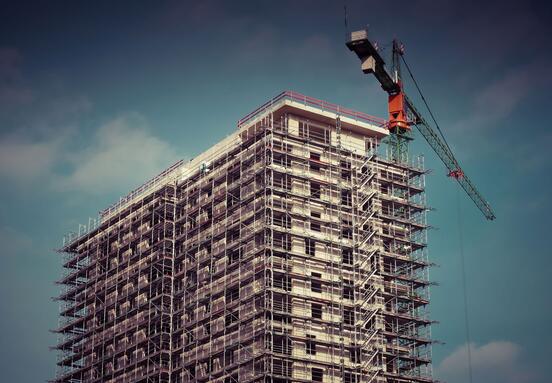Imagine the beginning of a weekday, it is eight o'clock in the morning, you are sitting on a bike, only a few necessities are ringing in your backpack. After a twenty-minute warm-up in the form of zigzagging through the city, you arrive at the office. On the way to the garages, you can order your favorite coffee and exchange a few words at the local espresso bar. You can park your bike in the safety of the underground car park, from where a staircase leads directly to the showers. You will refresh yourself, change and head for the elevator. Turnstiles and doors open automatically in front of you, and an elevator is waiting for you in the entrance foyer, heading for your floor. It is not just an ideal interplay of coincidences, but the result of sophisticated artificial intelligence, which has a single task - to make your working day as pleasant as possible.
What do smart offices have?
Fresh air
The air we breathe indoors has a direct effect on our work performance and health. Ideal conditions are already related to the choice of materials used, from which no negative substances are released. Sources of fresh air intake are located off the road and other dusty places and the intake air in the building should go through several filtrations, which will remove dust, pollen, and other impurities. Intelligent systems monitor humidity and the level of carbon dioxide, the excess of which leads to a reduction in the ability to concentrate.
Healthy light
Light affects our health and work efficiency. Smart offices use the maximum of sunlight, which is complemented by modern sources of artificial lighting. They are equipped with anti-flicker technologies that are harmful to the eyes. The latest trend is intelligent systems that copy our circadian rhythm - it continuously changes the intensity and temperature of light to best match the settings of our biorhythm. This leads to less fatigue and better sleep.
Ecological energy sources
Modern buildings use alternative sources and save energy as much as possible. Deep wells with a heat pump can be used as the primary source of heat and cooling. For example, in the River City project in Karlín, up to 80 percent of geothermal energy will suffice, and conventional sources of thermoregulation plan only to cover seasonal peaks. Heat exchangers and recuperation systems are used to recover as much heat or cold from the used air and return it to the interior. Smart buildings have presence sensors, create thermal maps and use machine learning to operate as efficiently as possible. They plan heating and air conditioning, optimize elevator travel and automatically control lights. Retention tanks of smart buildings collect and retain rainwater, which is still used, for example, to irrigate greenery.
Health comes first
The use of non-hazardous materials and the minimization of physical risks is a matter of course today. However, smart buildings closely monitor the conditions in which people work and live every day. It cleans the air, measures the concentration of carbon dioxide and sets the optimal lighting conditions. New trends accelerated by the pandemic situation are contactless access and automatic disinfection of common areas. Offices regularly test the quality of drinking water and share the results with tenants.
Easy availability
The ideal office is easily accessible and supports more environmentally friendly modes of transport. It offers safe areas for storing bicycles, equipment for their washing and repair and facilities for personal hygiene. Modern garages have the option of powering electric cars and e-bikes, ideally using renewable energy sources. The River City Prague campus has a community application with which you can easily find a partner for carpooling.
Biophilia
No wonder Apple planted 9,000 trees on the Silicon Valley campus while building it. Several studies have confirmed that plants in the workplace lead to a happier mood, more creative thinking and help reduce stress. Our brain is satisfied when it is surrounded by nature. Greenery also helps regulate the microclimate and reduce the effect of the city's heat island.
Community and relaxation
Modern office campuses operate practically 18 hours a day and support the community spirit. The central role is formed by the ground floors and the outdoor area with meeting zones. In addition to quality gastronomy and sports, the offer of painting courses or mental health care also comes to the fore.
Solutions for everyone
Modern office interiors stimulate creativity and offer diverse zones for different work activities. Open areas, meeting rooms or multifunctional stairs and outdoor gazebos are used for work in the team. Separate bays and nooks, cafes or employees can work from home for concentrated work.
An hour before your regular arrival, the smart building began to adjust the temperature of the office, ventilate it, and just as you pull your heels off the elevator on the floor, it turned on the lights above your workplace to closely resemble daylight. She also looked at the calendar and prepared the meeting room for the scheduled meeting - vacuum, open the blinds, ventilate and cool to a comfortable temperature.
When brainstorming with colleagues, you have so many ideas today that you won't notice the amplification of LEDs when a cloud appears in the sky, or the small flashing lights on the air conditioning controller that indicate that it is exhaled in the meeting room. At that moment, fresh, filtered air is already flowing into the room from a shady spot near the campus, and in the intricate system of the underground pipeline, it has managed to cool down without using any unnecessary energy. "In our interiors, Mississippi House and Missouri Park, the air is cleaner than the outside. It comes from the river and undergoes multiple filtration to remove all impurities, including pollen causing allergies. Properly functioning ventilation can increase work productivity by up to 11 percent, ”emphasizes Václav Jonáš, director of the Czech branch of CA Immo, which is completing the River City Prague campus in Prague. This will complete the radical transformation of the Rohan embankment, which began in the late 1990s.
Community life in the workplace
Thanks to the ideal weather, your working day can continue outside on the smart campus. After lunch from a local bistro under the treetops, you and your colleagues decide to move the afternoon meeting to a nearby gazebo. And when you think about what to do with the free evening, the invitation to a barbecue on the roof with a panoramic view all the way to Prague Castle will pop up from the community app. But before you get to the enchanting view, you can handle all the necessary e-mails in the silence of your workplace and work out in the local fitness center. The spontaneous party, which the rest of the family has arrived at, does not end until sunset. Then all you have to do is find a ride in your direction in the community application and go home. "Promoting alternative transport options is essential for us. At the same time, it is one of the points of the international WELL certification, which assesses the quality of life inside buildings. In addition to the complete facilities for bicycles on the River City Prague campus, we also count on chargers for electric cars powered by rooftop solar panels and community applications, where you can easily find a partner for carpooling, ”adds Jonáš.
A smart work environment is no longer a matter of the distant future, but is being born all over the world. One of the smartest buildings is considered to be the headquarters of the German technological leader Internet of Things in Munich from 2018 or the Amsterdam headquarters of Deloitte The Edge. Both learn by cognitive calculations 24 hours a day and thus respond to the needs of their everyday guests.
The title of the greenest commercial complex earned the Bullitt Center in Seattle, USA, in 2013, which is the first carbon-neutral building with zero demands on energy from non-renewable sources. It is powered by the sun, consumes only rainwater and will serve at least 250 years. At first glance, Siemens 'Crystal Engineers' London headquarters will probably amaze you with its bold architecture, but its biggest advantage is the network of 3,500 data points, which are constantly on the lookout and make sure that all smart systems run as they should. Studio Salon by Turkish architect Alper Derinbogaz again designed the Ecotone building on the site of the Y? Ld? Z Technical University in Istanbul. The building consists of semi-open rooms separated by glass and a system of terraces, which serve as outdoor offices. The building's ecosystem works with fresh air instead of closed ventilation and uses geothermal sources for heating. The building is to be built on an unstable geological subsoil, which is solved by independent expanding columns, which also drain and retain rainwater. And the Berlin Cube from the workshop of the Danish architectural studio 3XN, which is also backed by the German development CA Immo, also boasts an admirable and energy-efficient glass façade.
Advanced and architecturally successful buildings are also being built in Prague. The Drn building, which was built four years ago on Národní třída according to the design of architect Stanislav Fiala, and the intelligent and energy-efficient Butterfly complex in Karlín by CMC architects skillfully work with greenery and multifunctional spaces.
Already this summer, the Karlín River City Prague campus will join the Czech office elite. The Mississippi House and Missouri Park will open in close proximity to the Amazon Court, Danube House and Vltava buildings. Both buildings build on top materials, count on complex smart systems and boast an internationally recognized WELL certificate. This is given to public buildings by American experts and scientists as a guarantee that the job is healthy, ecological and the concept of well-being is definitely no stranger to it. At present, only a few places can boast such a title in the Czech Republic, and the new Karlín complex will be one of them.
The past year has brought a unique opportunity to rethink our work routine. Almost every one of us tried working from home and natural contact replaced the digital one. We gained more time for ourselves and for our family, on the other hand we often lacked a team and the boundaries between work and leisure blurred forever. Ideal working conditions are as individual as the human personality itself. For example, Raphael Gielgen, who is researching trends for the Swiss brand Vitra, estimates that offices focused on the planet will come after individual offices. "For the Greta generation, it is no longer important not only what the building looks like, but also how it is heated, how much green it offers and what materials it works with," he said at the Vitra Summit. Interior designer Sevil Peach predicts that the nature of large corporate headquarters will change fundamentally. They will break up into more smaller mushrooms complemented by shared coworkings, cafes and work from home. However, if experts agree on one thing, then it is a fact that the offices of the future must be healthier, smarter and more fun.
Source: // Florián, P. - Hospodářské noviny
